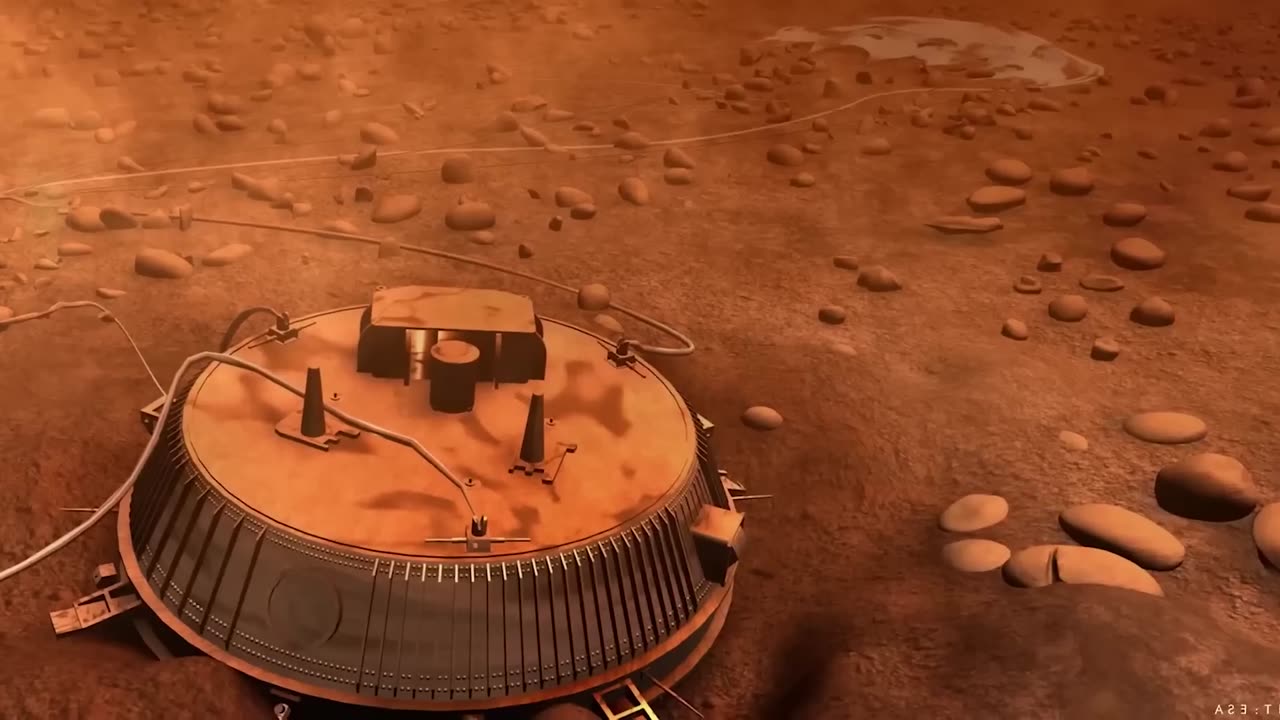Premium Only Content

Big BREAKING NASA Discovers Earth's Twin Planet ब्रह्माण्ड के ऐसे Planets होश उड़ा देगा
NASA's discovery centers around a distant exoplanet located in a neighboring star system, approximately 300 light-years away from Earth. This newfound celestial body, provisionally named "Earth 2.0" by scientists, has captured imaginations due to its striking similarities to our home planet.
1. Habitable Zone: One of the most remarkable aspects of this discovery is that Earth 2.0 orbits its parent star within the habitable zone, often referred to as the "Goldilocks zone." This means that it is at just the right distance from its star to maintain temperatures suitable for liquid water—a crucial ingredient for life as we know it. The presence of liquid water raises the tantalizing possibility of habitability.
2. Size and Mass: Earth 2.0 is remarkably similar in size and mass to our own planet, making it an Earth-sized exoplanet. Its gravity is likely to be close to that of Earth, potentially allowing for a familiar environment for any potential inhabitants.
3. Atmospheric Composition: Initial spectroscopic analysis of Earth 2.0's atmosphere suggests the presence of oxygen and other gases associated with Earth-like atmospheres. The possibility of oxygen is particularly intriguing, as it is a critical component for supporting aerobic life forms.
4. Surface Features: Although we currently have limited information about Earth 2.0's surface, early observations indicate that it has continents, oceans, and an atmosphere. The presence of landmasses and liquid water suggests a potential for diverse ecosystems and climates, much like those found on Earth.
5. Parent Star: Earth 2.0 orbits a sun-like star, similar in many respects to our own Sun. This similarity in stellar type further enhances the potential habitability of this exoplanet, as it receives a comparable amount of energy from its star as Earth does from the Sun.
6. Potential for Life: While the discovery of Earth 2.0 is undeniably exciting, it's important to emphasize that we currently lack direct evidence of life on this exoplanet. Further research, including detailed observations and analysis, will be necessary to determine if Earth 2.0 harbors any form of life
-
 2:07:09
2:07:09
DLDAfterDark
8 hours ago $3.48 earnedDLD Live! Gun Talk - Welcome To The Armory! Feat. BDG&G Josh & The Okayest Shooter
18.1K1 -
 2:40:52
2:40:52
Tundra Tactical
13 hours ago $22.60 earned🛑 What The Hell Happened To Our Gun Rights?? May 2025 Edition
48K2 -
 2:26:01
2:26:01
The Connect: With Johnny Mitchell
15 hours ago $3.73 earnedHow A Los Angeles Drug Kingpin Sold 40 TONS OF WEED, Got Life In Prison & Then Pardoned By Trump
25.2K4 -
 25:22
25:22
Forrest Galante
6 hours agoPrivate Tour of Australia’s Best Aquarium
35.8K2 -
 2:07:09
2:07:09
BlackDiamondGunsandGear
12 hours ago🔴 LIVE SHOW w/ DLD & Okayest Shooter
26.1K2 -
 4:32
4:32
TruthStream with Joe and Scott
5 days agoTo Unite Music Video 2025 in 432 HZ written by Joe Rosati & Steve Collins. featuring Stephen Tenner, Kristen Capolino and KC Sunshine. Produced by Lewis Herms
50.6K13 -
 3:09:13
3:09:13
Joker Effect
15 hours agoFIRST EVER AMATEUR BOXING EVENT STREAMED ON RUMBLE! BOUGHT TO YOU BY WOLFSDEN BOXING!
77.9K11 -
 3:33:13
3:33:13
Barry Cunningham
11 hours agoTHE DOGEFATHER & THE DON! HOW ELON MUSK & PRESIDENT TRUMP ARE SAVING AMERICA!
133K105 -
 6:55:08
6:55:08
Phyxicx
10 hours agoGetting ready for $350 tournament! - 5/31/2025
27.5K -
 5:28:16
5:28:16
Tommy's Podcast
8 hours agoE742: Atomic Piledriver
38.8K2